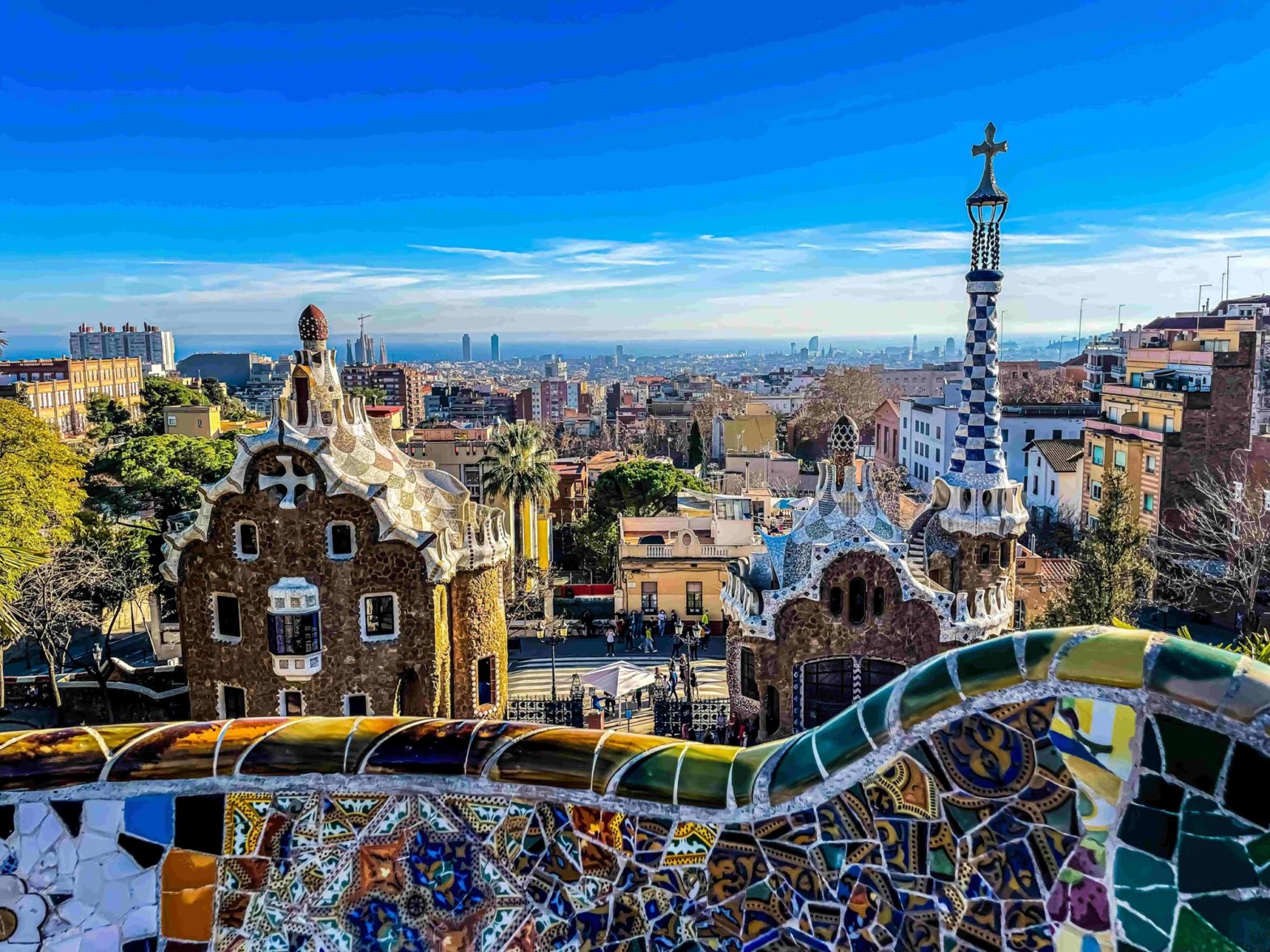
Photo: WS-in-car1-1024×682
Voluntary work can help ease youth unemployment, says Mayor of Stuttgart
02 September 2012
by Richard Forster
Jonathan Andrews talked to Wolfgang Schuster, Mayor of Stuttgart and President of the Council of European Municipalities and Regions (CEMR), ahead of the CEMR General Assembly which will start on 26 September in Cadiz, Spain.
BIOGRAPHY: Dr Wolfgang Schuster
BORN: Ulm, Germany, 5 September 1949
EDUCATION: From 1969 to 1973 studied law and political science at the Universities of Tübingen, Geneva and Freiburg. Subsequently received a doctor’s degree in law and was a post-graduate at the Ecole Nationale d’Administration in Paris.
CAREER: Assisted the head of division at the Baden-Württemberg State Ministry from 1978 until 1980 and then became Executive Director to the former Mayor of Stuttgart. In 1986 Schüster was elected Mayor of Schwäbisch Gmünd, before becoming Deputy Mayor for Culture, Education and Sports for Stuttgart in 1993. He became Mayor of Stuttgart in 1997. Holds various national, European and international posts: Vice-President of the Deutsche Städtetag (German Association of Cities); President of the Council of European Municipalities and Regions (CEMR); and Vice-President and Chairman of the European Section of United Cities and Local Governments (UCLG).
As you have reached the halfway mark in your tenure as President of the Council of European Municipalities and Regions, what have been some of the achievements to date, and what are you hoping to achieve in the last 18 months?
The Council of European Municipalities and Regions (CEMR) as a member organisation is linked to the future of local and regional governance. Therefore, we have to strengthen the principals of local self-government on the European level by actively using the new instruments of the Treaty of Lisbon and ensuring that they are transformed into reality in our cities and regions. For this reason, we are an active partner in the Lisbon Strategy 2020.
So, our approach is governing in partnership. This aims at mobilising local, regional, national and European spheres of governance, as well as civil society and local actors in the fields of economy, science, research and academia for the drafting and implementation of EU policies.
What are the advantages for city mayors in belonging to these organisations?
The CEMR is the oldest and broadest European association of local and regional government. We bring together the national associations of local and regional authorities from 40 European countries and therefore represent all levels of territories–local, intermediate and regional.
UCLG [CEMR is the European section of UCLG] ensures the effective political representation of local government to the international community, in particular the United Nations and its agencies.
It provides a worldwide source of key information regarding local government and serves as an international platform of exchange and partnership, in order to strengthen the capacities of local governments and their associations.
Being a member of both CEMR and UCLG means that local leaders in Europe are working together to coordinate the role and voice of European local and regional authorities and to bring this strong common message to the international stage.
How is the Council funded?
Approximately 85 percent of CEMR’s budget comes from its members’ annual subscriptions, which vary from one country to another as they are calculated according to GDP and population. The subscriptions amount to a total of about €1.7 million. CEMR also benefits from a European Commission grant amounting to some €240,000 per year.
Is it difficult to maintain membership when many cities are facing recession and austerity measures imposed by central governments?
It is affordable for cities to be a member of the networks. It is unaffordable to keep smart solutions a secret and to shut ones eyes on how other municipalities are tackling their challenges.
Do cities have any real power in tackling the economic malaise across Europe?
They have. I have already proposed the programme EU Starter to address the employment of seven million young people in Europe. It follows on from the success of the Freiwillige Jahr in Germany. Young people voluntarily serve the public for one year and work in all public and social fields. EU-Starter is for Europeans between 16 and 27 years-of-age, who are neither employed nor take part in job training, to provide them with voluntary posts to serve municipalities, public institutions or non-profit organisations.
At the Council’s 25th General Assembly to be held in Cádiz, Spain in September, the theme will be Innovating with the 3Ds: democracy, decentralisation and development. Can you tell us what this entails?
The crisis has given European leaders the opportunity to redefine the future of our continent. These changes will have a great impact on our municipalities and regions, which is why CEMR believes it is necessary to involve all local, regional, national and European government actors in a partnership revolving around these three main aspects.
Decentralisation because allocating power to the different spheres of government is on the table as an issue in most European countries these days. Democracy because we firmly believe that there is no true democracy without local democracy. Development because in these times of major economic and social instability, local and regional leaders should count on their own capacity to mobilise citizens as relevant actors to put into place initiatives, create jobs and unlock new prospects.
A further key discussion of the assembly will be the main challenges associated with demographic change. What will you be telling city mayors?
Europe is experiencing growing dependencies in a globalised economy. At the same time we are witnessing growing competition as well as cooperation between companies, municipalities, regions and countries. We live in a global village owing to a medial interconnectedness, cooperation between scientists, and more and more migrants.
In Europe we will only be successful if the political systems work together at all levels in the spirit of governing in partnership. CEMR should remain the motor for a new European governance model by facilitating new forms of cooperation.
As Mayor of Stuttgart you helped establish the European Network Cities for Children and launched a campaign to make Stuttgart the most child friendly city in Europe. How has the campaign developed?
In 2003 I developed the action plan, Cities for Children, to provide a more child-friendly environment. To make sure that Stuttgart is a place where children and their families enjoy living and feeling at home, the plan has five targets:
- Each child and adolescent should be given the support and education that will provide a fair chance for their future.
- Each child and adolescent should have enough room at home and space to play outdoors.
- Provisions for the health and safety of our children and adolescents should be as good as possible.
- The life balance between family and job and children and career should be assured.
- A generation pact should actively bring young and old closer together.
The urban transport network, Cities for Mobility, is based in Stuttgart. How is the city’s own plan for electric vehicles developing and do you think that it is viable for other cities in this network?
Stuttgart is the cradle of the car. Nowhere else in Europe are more patents applied for. I am convinced that the reinvention of the car will be successful in Stuttgart. We support electric vehicles wherever possible, electric driven cars are allowed to park for free on our parking grounds and the Deutsche Bahn supplied 60 pedelecs which are for rent in our hilly town.
Electric mobility is an important part of sustainable mobility. It is not only about cars, scooters, pedelecs or hybrid buses, which are already widespread in Stuttgart. It is also about education and scientific development.
Moving now to your own experience with implementing Stuttgart 21 [an urban railway and development project], many citizens have voiced their opposition to the re-development. What is the current situation of this project and what are the next steps for Stuttgart 21?
Currently the Deutsche Bahn is building the new underground station. In a few years a site of about 100 hectares will become vacant right in the city centre, offering excellent opportunities for the capital of Baden-Württemberg. For example, Stuttgart can grow in its city centre without affecting greenfield sites, and we will increase park areas by a further 20 hectares. We are already planning new districts with local citizens. I hope it will set new standards regarding sustainable building and mobility.
You also founded the Stuttgart Religious Roundtable. Do you believe that religion has less of an importance as Europe becomes more secular?
The essential question for social cohesion is what we believe in, what hopes and expectations we have. European cities mirror the range of individual answers to that question. That is why we need to encourage people with different beliefs and principles to live together peacefully. I introduced the Religious Roundtable to try to promote new forms of cooperation at the local level.
In 2006, we published a memorandum for peace and cooperation signed by all relevant religious groups in Stuttgart. This commitment is a shining light, showing that the global village consists of different people with the same needs: peace, cooperation and understanding.
Around one third of Stuttgart’s inhabitants, about 200,000 people, are born abroad. More than 40 percent of our children at preschool age come from immigrant families and in about half of the marriages in Stuttgart, at least one partner is foreign. People from over 175 nations live in our city and speak more than 120 languages. When we published our strategy paper, The Stuttgart Pact for Integration, we were the first German city to develop our community integration policies into a united overall strategy, which is embedded and put into practice in every facet of public life in Stuttgart.
Your city is consistently listed within the top groupings for various reports on liveability and quality of life. Do you give much weight to these rankings?
We Swabians are modest. I do not like superlatives, nor do I read every ranking. Nonetheless, it is remarkable that Stuttgart comes out strongly in all areas in Germany and Europe. I already mentioned the talents of our inventors, which form the basis for our competitiveness. Recently, Stuttgart was recognised as Germany’s most sustainable city–which may not surprise visitors, as nowhere else will you find so much green in the cityscape–and it was also recognised as the city with the best cultural programmes. Even though we are modest, we do not reject such compliments from others.












